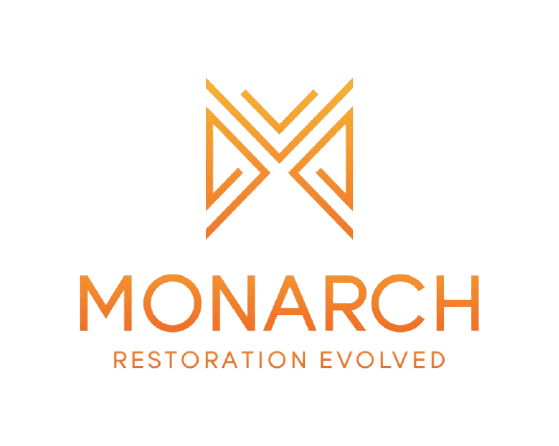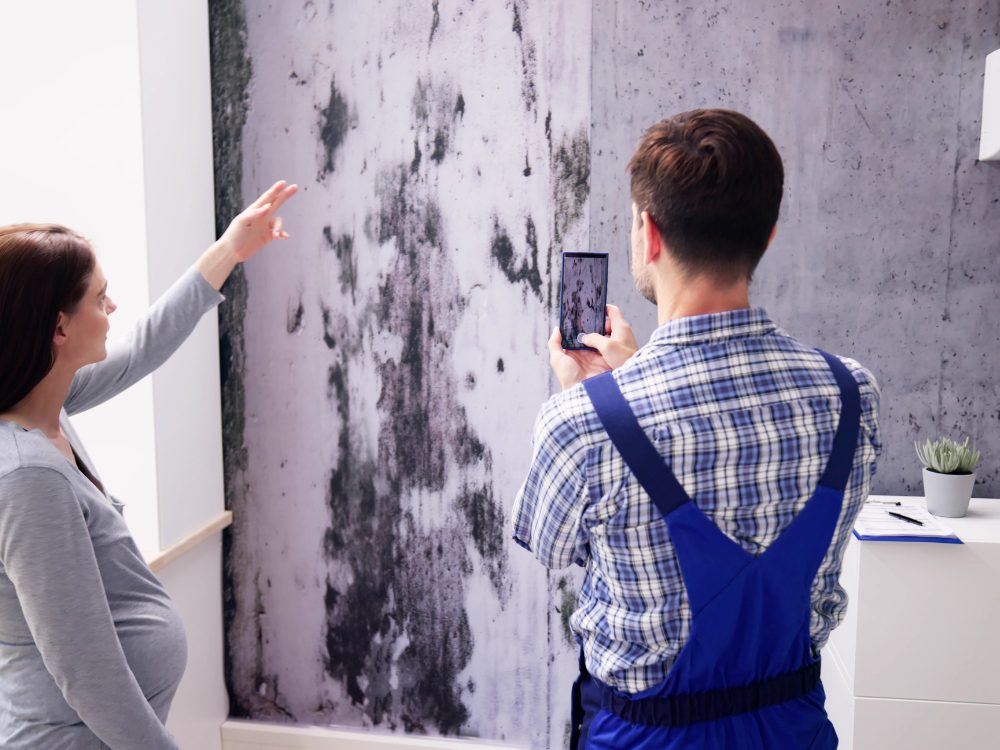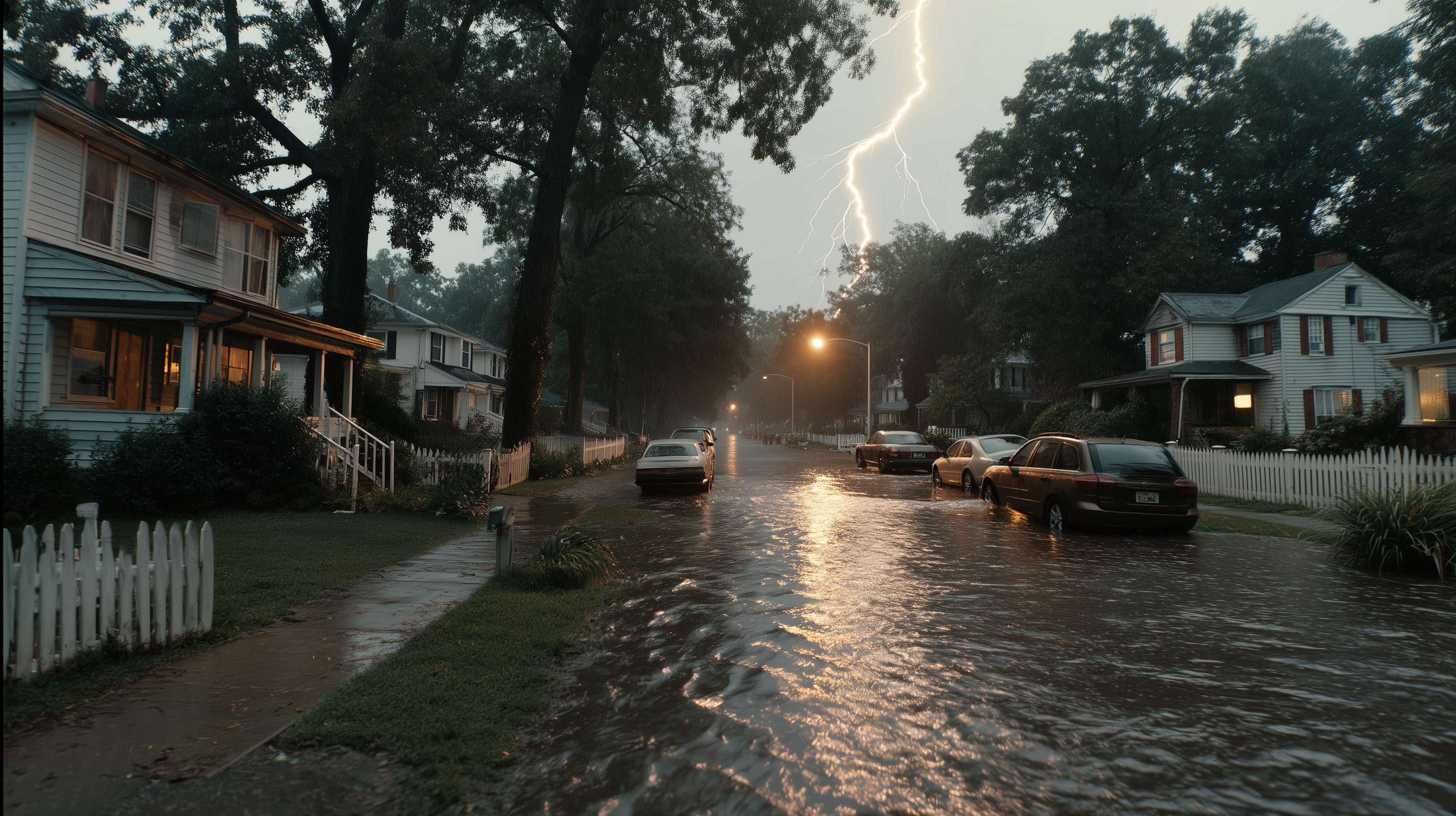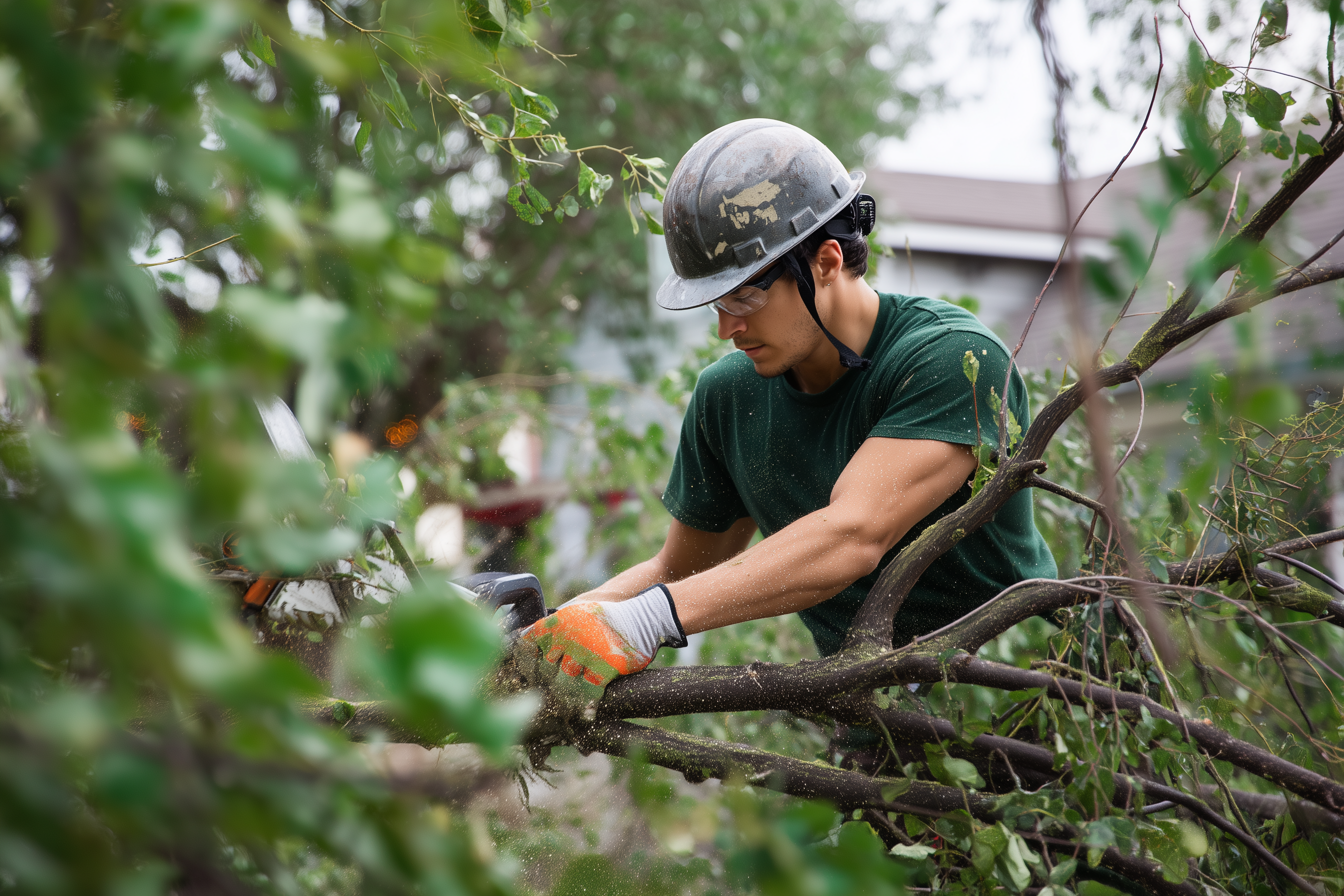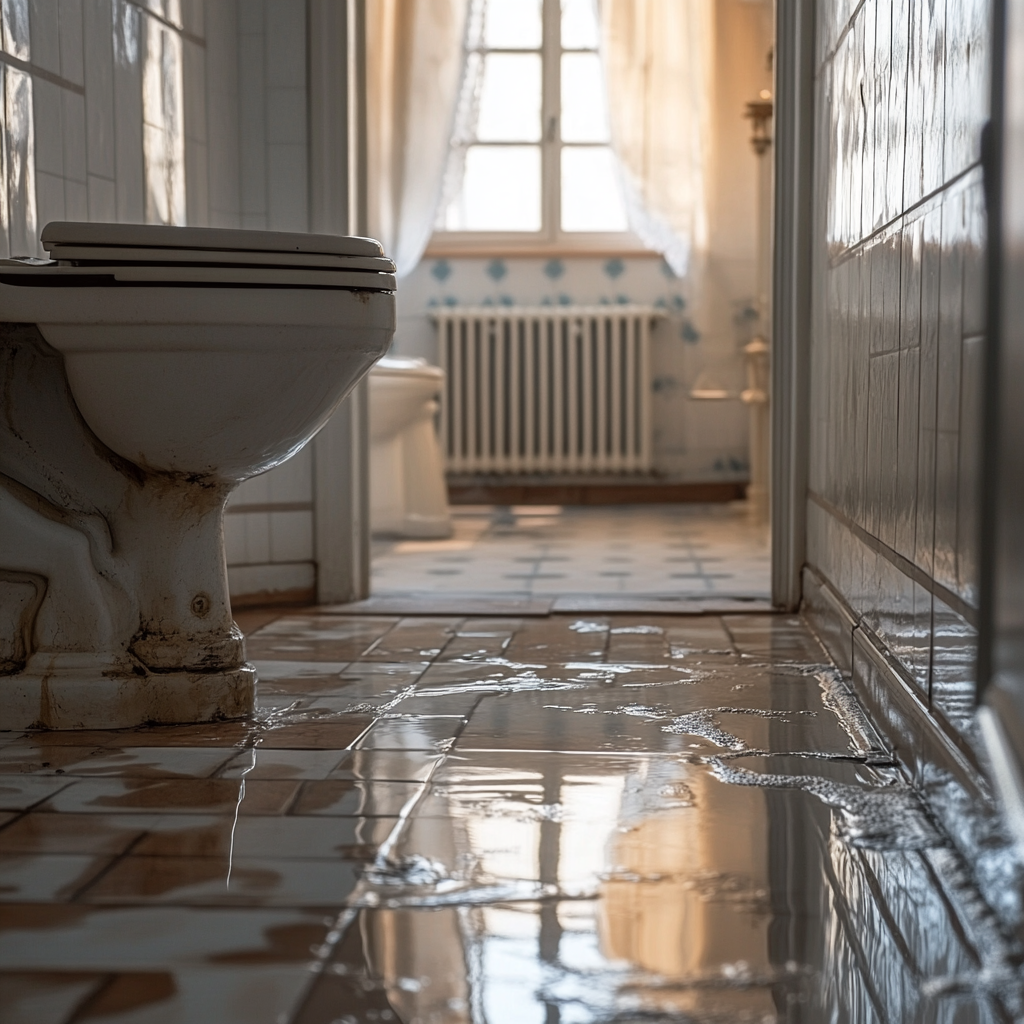Mold is more than just an unsightly nuisance—it’s a serious issue that can negatively affect your health, your home’s air quality, and the integrity of your property. Left unchecked, mold can lead to respiratory problems, skin irritation, and even long-term structural damage. That’s why prompt action through mold remediation is essential.
Whether you’re dealing with black mold in your basement or discovering musty odors after a leak, knowing what to expect from the mold remediation process can give you peace of mind. In this complete guide, we’ll explain what mold remediation entails, when it’s necessary, how long it takes, how much it costs, and what steps to take to ensure your home remains mold-free.
What Is Mold Remediation and Why Is It Necessary?
Mold remediation is the comprehensive process of identifying mold, eliminating its source, safely removing contaminated materials, and restoring affected areas to a safe and healthy condition. It goes far beyond simple cleanup—remediation targets the moisture problems that feed mold growth, ensuring that it doesn’t return.
Mold spores are microscopic and can spread quickly through HVAC systems, settling on surfaces and growing in hidden areas such as behind drywall, under flooring, and in attics or crawlspaces. Left untreated, mold can weaken wood framing, damage insulation, and degrade indoor air quality. For individuals with allergies, asthma, or compromised immune systems, mold exposure can pose significant health risks.
Professional mold remediation services are necessary to fully eliminate mold colonies, prevent cross-contamination, and restore your home’s safety. Licensed remediation contractors use specialized equipment and techniques to ensure thorough results that DIY methods often miss.
When is Mold Remediation Required?
There are several common scenarios where professional mold remediation is necessary:
- After Water Damage or Flooding: Any incident involving significant moisture, such as a plumbing leak, roof leak, or flooding, can create ideal conditions for mold growth. If materials remain damp for more than 24–48 hours, mold can begin to spread.
- Visible Mold Growth: If you can see mold forming on walls, ceilings, floors, or around windows, it’s a clear sign that moisture is present and remediation is needed.
- Persistent Musty Odors: A strong, earthy smell often indicates hidden mold behind walls or under surfaces. If the odor lingers even after cleaning, it’s time to call in the experts.
- Allergic Reactions Indoors: Symptoms like sneezing, coughing, itchy eyes, and breathing difficulties that improve when you leave the house could signal mold contamination in your indoor environment.
- Failed Mold Tests or Poor Indoor Air Quality Results: If testing reveals elevated mold spore counts or poor air quality, remediation is necessary to restore healthy living conditions.
Early detection and intervention are critical. The sooner mold is identified and addressed, the easier and more cost-effective the remediation process will be.
The Mold Remediation Process
The mold remediation process is a multi-step, methodical approach designed to safely remove mold from your home and ensure it doesn’t return. Each step plays a vital role in identifying the problem, eliminating the mold, and restoring your living environment.
1. Mold Inspection and Testing
A professional mold remediation company begins by conducting a detailed inspection of the affected areas. Moisture meters, infrared cameras, and air sampling devices may be used to detect visible and hidden mold. Lab testing helps determine the type of mold present and the severity of the contamination.
2. Containment
To prevent the mold from spreading to other parts of the home, containment is crucial. Restoration professionals seal off the affected area using heavy-duty plastic sheets and install negative air pressure systems to keep spores from escaping into clean zones.
3. Air Filtration
High-Efficiency Particulate Air (HEPA) filtration systems are used to clean the air during remediation. These filters capture microscopic mold spores and help prevent their spread throughout the home during removal.
4. Mold Removal
The mold removal phase depends on how extensive the infestation is. Non-porous materials like metal or glass can be cleaned, but porous materials such as drywall, carpeting, and insulation that have absorbed mold must be removed and discarded. Specialized tools and protective gear are used to ensure safety and compliance with health regulations.
5. Cleaning and Sanitizing
After mold-contaminated materials are removed, all remaining surfaces are cleaned thoroughly using antifungal and antimicrobial agents. This includes walls, floors, furniture, and HVAC components. Fogging machines or ozone treatments may be used to eliminate lingering spores and odors from the air.
6. Repairs and Restoration
The final step is restoring the affected areas. This can involve anything from repainting and replacing drywall to installing new flooring and insulation. The goal is to return your home to its original, pre-mold condition—safe, clean, and mold-free. Professionals also take time to address and fix the root cause of moisture intrusion to prevent recurrence.
How Much Does Mold Remediation Cost?
The cost of mold remediation depends on the size of the affected area, the type of mold, and the extent of the damage.
- Minor Remediation: $500–$1,500
- Moderate Remediation: $2,000–$6,000
- Extensive Remediation: $7,000–$10,000+
Special cases like black mold remediation or attic mold remediation may cost more due to safety concerns and access difficulties.
How Long Does Mold Remediation Take?
The timeline varies based on the severity of the infestation:
- Small areas: 1–3 days
- Moderate cases: 3–7 days
- Severe infestations: Up to 2 weeks
Fast response is critical to preventing mold from spreading or returning.
Who Pays for Mold Remediation?
In many cases, the responsibility for paying for mold remediation depends on the underlying cause of the mold, the property ownership structure, and insurance coverage. Understanding these variables can help homeowners and renters determine their financial responsibilities.
Homeowners Insurance Coverage
Homeowners insurance may cover mold remediation if the mold results from a covered peril such as a burst pipe, storm damage, or appliance malfunction. However, most policies exclude coverage for mold caused by long-term leaks, poor maintenance, or high humidity.
To increase the likelihood of coverage:
- Act promptly when water damage occurs.
- Keep documentation, including photos and repair invoices.
- Maintain your home regularly and address moisture issues early.
- Speak with your insurance provider to understand your policy’s specific terms.
Landlords and Tenants
In rental properties, the landlord is typically responsible for mold remediation if the mold results from structural defects, leaks, or plumbing issues. However, if the tenant’s behavior (such as poor ventilation or not reporting leaks) contributed to the mold growth, they may be partially liable for the costs.
Tenants should:
- Report signs of mold immediately.
- Keep records of communication with the landlord.
- Consult local tenant rights laws to understand their legal protections.
When Insurance Doesn’t Cover It
If mold remediation is not covered by insurance, the homeowner will need to pay out of pocket. In these situations, it’s crucial to get quotes from certified mold remediation companies and choose one that offers transparent pricing and a clear remediation plan.
Monarch Restoration provides detailed assessments and can work with your insurance provider to simplify the claims process. If insurance coverage is denied, we’ll help you understand your options and provide flexible service plans when possible.
Choosing a Mold Remediation Company Near You
Choosing the right mold remediation company is one of the most important decisions you can make when facing a mold problem in your home. An experienced, certified professional can ensure the mold is not only removed but that the underlying moisture issue is addressed to prevent recurrence.
What to Look for in a Mold Remediation Contractor
- Certifications and Licensing: Reputable companies hold certifications from organizations like the IICRC (Institute of Inspection Cleaning and Restoration Certification) and are licensed to operate in your area.
- Experience with Complex Cases: Ask if the company has handled cases involving black mold, attic mold, or mold caused by water damage. These scenarios require specialized knowledge and equipment.
- Comprehensive Assessments and Estimates: A quality remediation company will provide a detailed inspection and a written estimate outlining the scope of work and costs. Beware of vague or verbal-only quotes.
- Clear Communication: Look for professionals who explain the mold remediation steps clearly and answer your questions honestly. A trustworthy company educates, not just sells.
- Local Reputation and Reviews: Online reviews, testimonials, and referrals from neighbors can give you insight into the company’s reliability, responsiveness, and results.
- Insurance Knowledge: The best companies assist you with insurance claims and understand how to document mold-related damage for your provider.
Why Choose Monarch Restoration
Monarch Restoration stands out as a trusted leader in mold remediation throughout Kentucky. We offer prompt, professional services with a customer-first approach. Our team is fully certified, trained in the latest remediation techniques, and equipped with advanced tools to handle mold at any stage.
We proudly serve the following communities: Louisville, Taylorsville, Bardstown, Jeffersonville, Shelbyville, Crestwood, LaGrange, and Mt. Washington. Whether you’re facing a minor mold issue or a serious infestation, Monarch Restoration is here to help.
Restore Your Home with Monarch Restoration
Mold problems should never be taken lightly. From health risks to structural damage, untreated mold can quickly escalate into a costly and dangerous situation. Fortunately, with the right team and timely action, your home can be restored to a clean, safe, and mold-free environment.
At Monarch Restoration, we treat your home like our own. Our expert team uses the latest mold remediation tools and techniques to ensure complete removal and long-term protection. Whether you’ve just discovered a small patch of mold or are dealing with a large-scale infestation, our certified professionals are ready to help.
We’re committed to clear communication, honest pricing, and exceptional customer care. When you work with Monarch Restoration, you’re not just getting a service—you’re getting peace of mind.
If you’re located in Louisville, KY, or the surrounding communities, we encourage you to reach out today. Contact Monarch Restoration at 502-437-9101, email info@restorewithmonarch.com, or stop by our office at 229 Taylorsville Road, Taylorsville, KY 40071 to request your free mold inspection and consultation.
We proudly serve the following Kentucky areas: Louisville, Taylorsville, Bardstown, Jeffersonville, Shelbyville, Crestwood, LaGrange, and Mt. Washington. Let Monarch Restoration help you reclaim your home—and your peace of mind.
